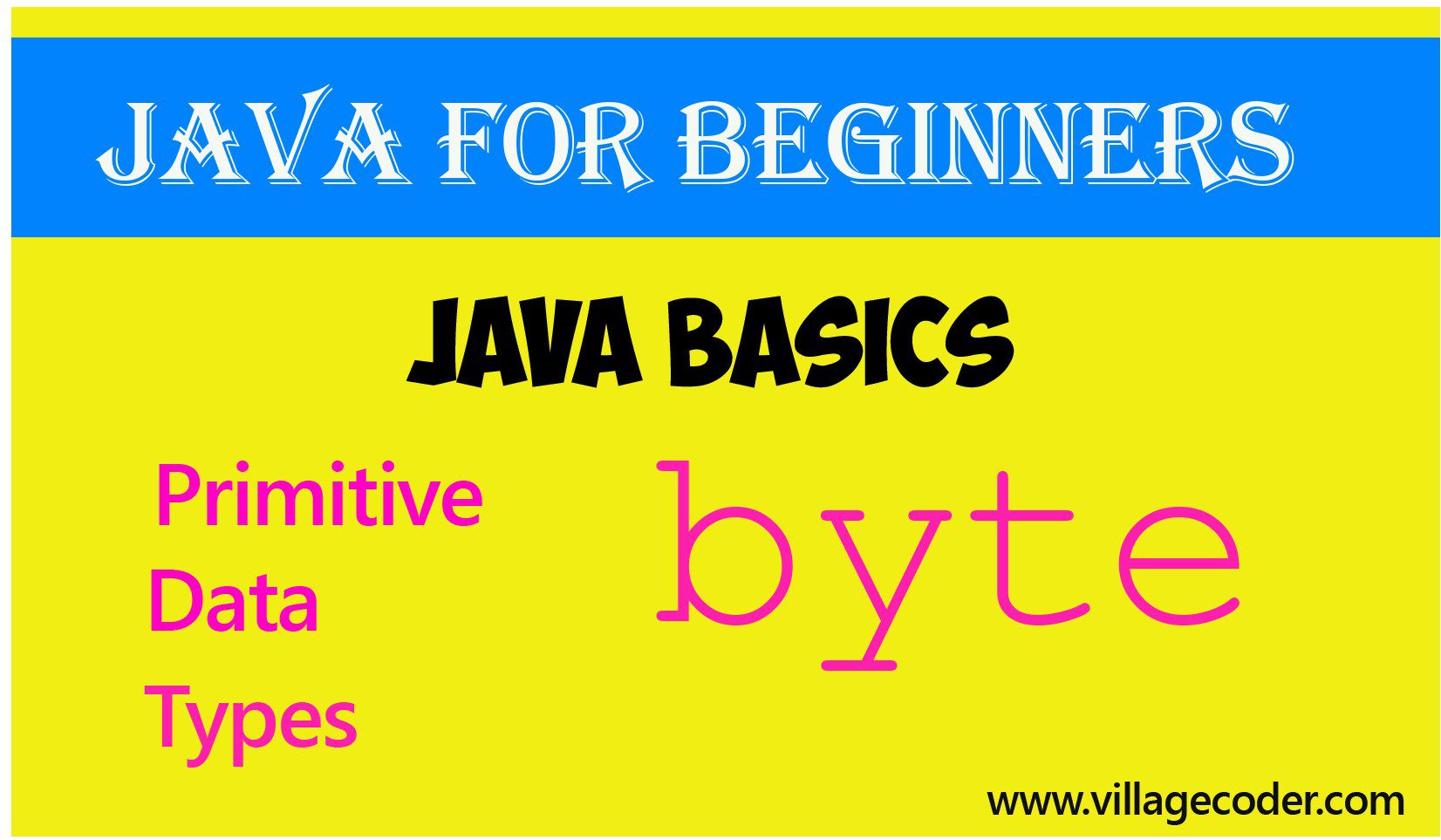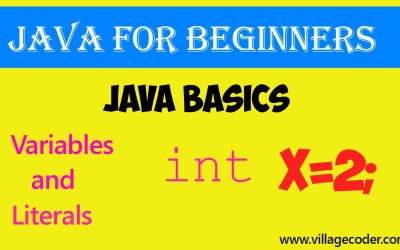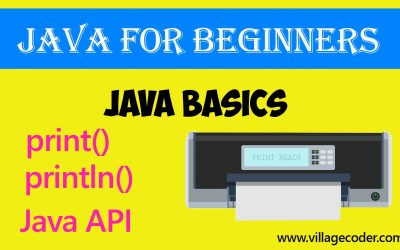byte data type in Java
byte is a data type similar to int. That’s, it’s a type of integer data type. The difference is that Java uses 8 bits of memory to store a byte while int uses 32 bits of memory. This explains why it’s called a byte because 8 bits make up one byte.
nanadwumor

- The byte data type is an integer.
- byte comprises 8 bits of memory
- If the value you assign to a byte variable is out of the range of the byte data, that’s -128 to 127, the value is converted to int
RECOMMENDED ARTICLES
Variables and Literals in Java
Variables are used in many situations. For Instance, game applications use variables to collect your name when you sign in; to store and keep track of your number of trials, successes and failures. In Java, a variable is a container used to store...
double data type in Java
The double data type is also a floating point number. It is called double because it has a double-precision decimal number. The double data type is a floating point number. It is double precision data type The range is 4.9406564584124654 x...
The print and println methods in Java
The print() and println() methods are Java's predefined methods used to display text output on the console. These methods are part of the Java API. The print and println methods are used to print string of characters onto the console The print...
byte is a primitive data type. It is similar to int data type. That’s, it’s a type of integer data type. The difference is that Java uses 8 bits of memory to store a byte while int uses 32 bits of memory. This explains why it’s called a byte because 8 bits make up one byte.
The memory size of a byte is small. A byte can hold only values from -128 to 127.
Most identifiers, particularly variable literals, are declared as int because of its comparatively wide range.
Join Other Subscribers on Our YouTube Channel and Don’t Miss a thing!
Declaring a byte variable
A byte variable is declared just as an int variable. Examples include:
byte age;
byte height;
byte weight;
Alternatively, you can also declare all byte variables in a row. That’s,
byte age, height, weight;
Like an int, the default value of a byte is 0.
Program demonstrates byte data type
|
1 2 3 4 5 6 7 8 9 10 11 12 13 |
//Program demonstrates the byte primitive data type public class ByteVariable { public static void main(String[] args) { byte amount=40; //'amount' is a byte data type. Its value,40,is in byte range (-128 to 127) byte remaining = -30; //'remaining' is a byte. Its value is in byte range (-128 to 127) System.out.println("My account balance used to be $" + amount + " but it's now " + remaining); } } |
Output


NOTE: If the value you assign to a byte variable is out of the range of the byte data, that’s -128 to 127, Java treats the value as an int. Example,
byte amount=400; //Error! mismatch here
amount is a byte but 400 is beyond the range of a byte (9128 to 127). The Java compiler, thus, treats 400 as an int data type as a result. And an int value (with a bigger range of memory) cannot be assigned to or stored in a byte data type (of small memory). Hence, error occurs.
Futhermore, Java is a strongly typed Programming language. That’s, everything on the left and right of the assignment operator (equal sign) must match.
Like all other primitive data types, the print and println methods can print the byte data type.
You May Also Like…
Variables and Literals in Java
Variables are used in many situations. For Instance, game applications use variables to collect...
double data type in Java
The double data type is also a floating point number. It is called double because it has a...
The print and println methods in Java
The print() and println() methods are Java's predefined methods used to display text output on the...




0 Comments